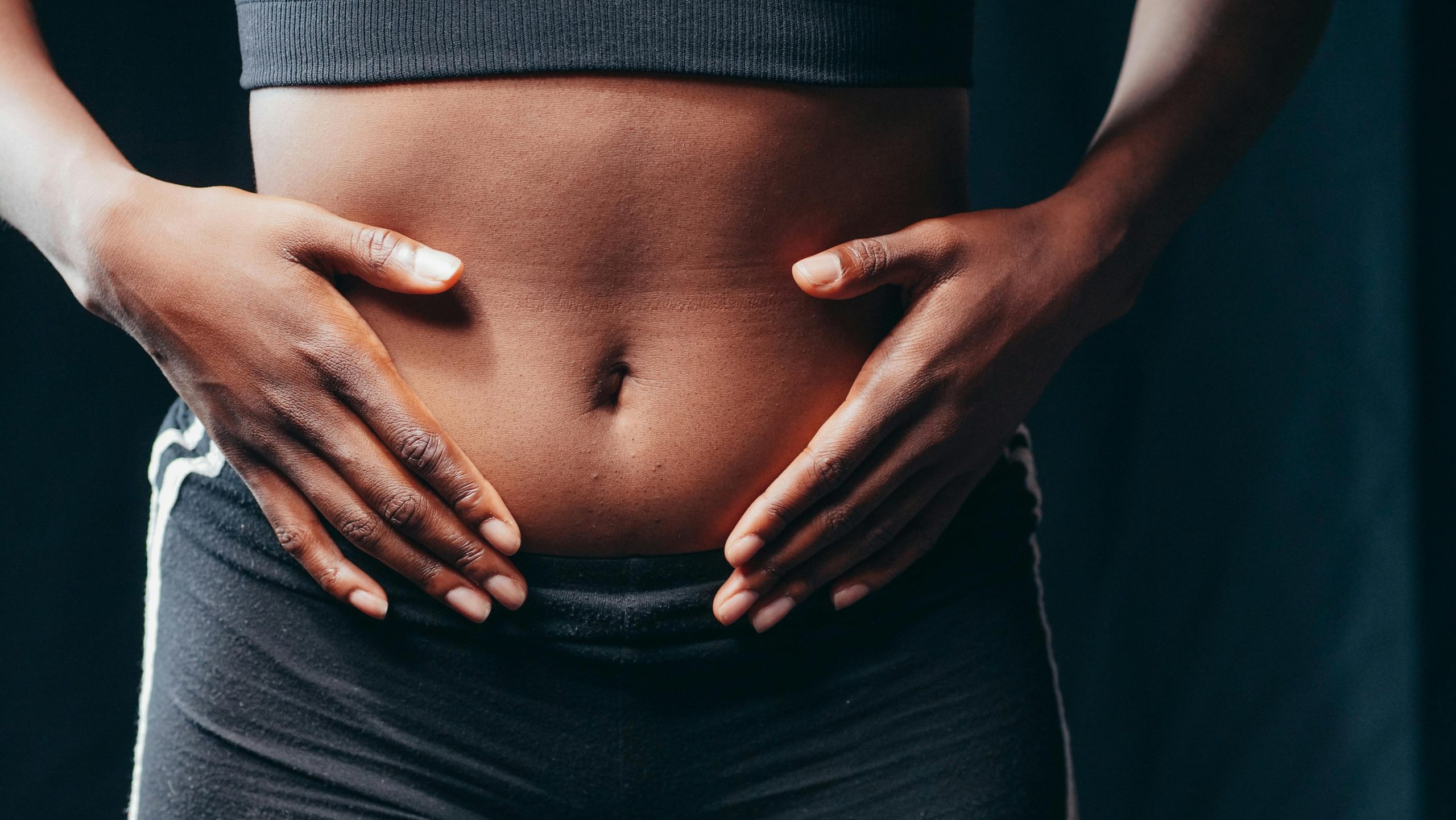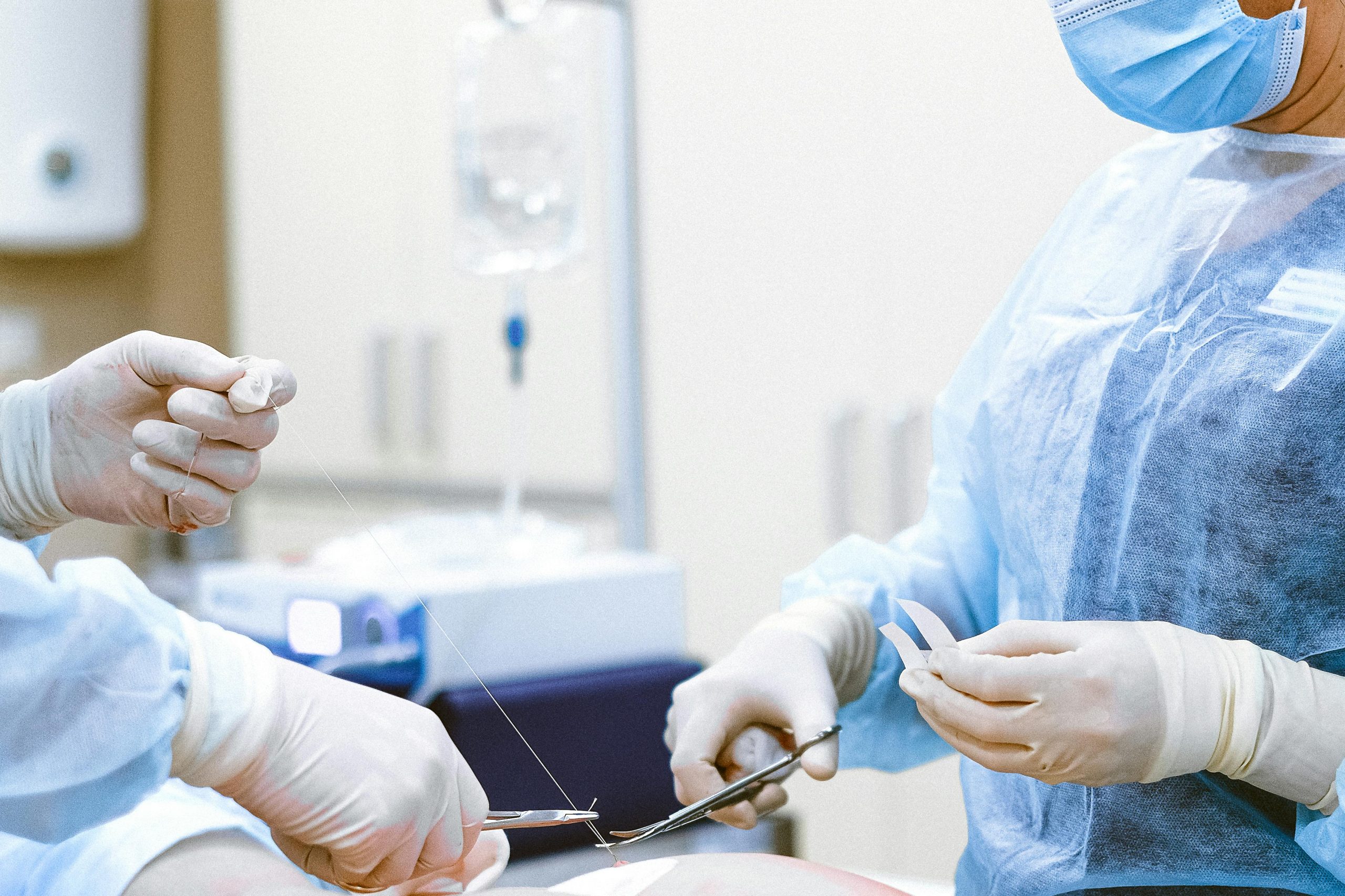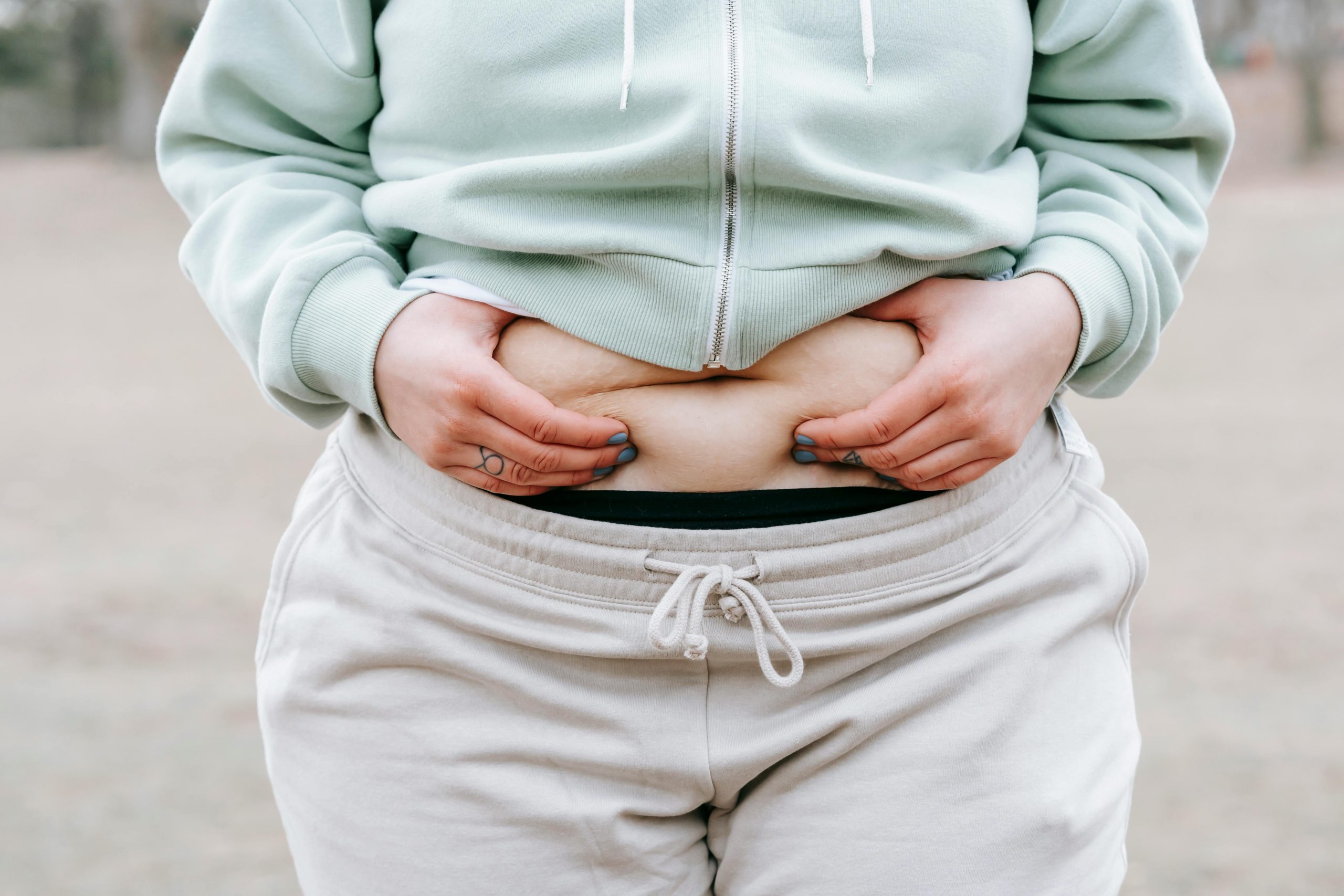A tummy tuck, or abdominoplasty, is a popular surgery that flattens the stomach by removing excess skin and tightening abdominal muscles. It’s a major procedure that requires proper aftercare and a keen eye on your recovery. While some discomfort is expected, certain symptoms may signal a problem. Knowing the warning signs after a tummy tuck can help you avoid complications and heal safely.
This guide breaks down what to expect during recovery, what symptoms are normal, and what signs should prompt a call to your surgeon.
What to Expect in a Normal Tummy Tuck Recovery

Before diving into warning signs, it’s important to understand what a normal recovery looks like. Each person heals differently, but here are common experiences most patients share:
- Swelling and Bruising: These are expected in the first few weeks.
- Mild to Moderate Pain: Managed with prescribed medication and decreases over time.
- Tightness: You may feel pulling or tightness in your abdomen.
- Limited Movement: Standing fully upright may be difficult at first.
- Drainage Tubes: Some patients leave surgery with drains to prevent fluid buildup.
- Scabbing and Scarring: The incision area will scab and eventually form a scar.
If you’re experiencing these symptoms and they gradually improve, you’re likely healing as expected.
When to Be Concerned: Common Warning Signs After Tummy Tuck
Here are signs that may suggest an issue and require medical attention:
1. Excessive Swelling or Redness
What’s Normal: Mild swelling and bruising are expected.
Warning Sign: Swelling that gets worse instead of better, or spreading redness around the incision, may indicate an infection or fluid buildup (seroma or hematoma).
What to Do: Contact your surgeon immediately. Catching infections early can prevent serious complications.
2. Fever or Chills
What’s Normal: A slightly elevated temperature the first day or two.
Warning Sign: A fever over 100.4°F (38°C), especially with chills, can signal an infection.
What to Do: Report it to your doctor right away. You may need antibiotics or other treatment.
3. Yellow or Foul-Smelling Drainage
What’s Normal: Clear or slightly pink fluid from your drains.
Warning Sign: Thick yellow, green, or foul-smelling discharge from the incision or drains can be a sign of infection.
What to Do: Keep the area clean and call your doctor to discuss next steps.
4. Intense Pain That Doesn’t Improve
What’s Normal: Some pain is common but should lessen over time.
Warning Sign: Pain that is sharp, severe, or increasing after the first few days may be a sign of internal problems like infection, poor blood flow, or a torn suture.
What to Do: Pain that gets worse rather than better is never a good sign. Don’t wait—get it checked.
5. Shortness of Breath or Chest Pain
These are serious symptoms that can indicate a blood clot or pulmonary embolism (a clot that travels to the lungs).
What to Do: Call 911 or go to the ER immediately. Blood clots can be life-threatening if not treated right away.
6. Sudden Swelling in One Leg
What’s Normal: Even leg swelling on both sides from being inactive.
Warning Sign: Swelling, pain, or warmth in just one leg may indicate a deep vein thrombosis (DVT).
What to Do: Seek emergency medical attention to rule out a blood clot.
7. Skin That Turns Dark or Looks Dying
This could indicate skin necrosis, where tissue doesn’t get enough blood and begins to die.
What to Watch For:
- Dark or black patches near the incision
- A strong, unpleasant smell
- Delayed wound healing
What to Do: Call your doctor immediately. Necrosis often needs urgent treatment or even a minor surgery to remove the dead tissue.
8. Incision Opening Up
What’s Normal: A closed incision healing with a scab.
Warning Sign: If stitches come undone or the wound reopens (also known as wound dehiscence), it can increase infection risk and slow healing.
What to Do: Cover it with a sterile bandage and contact your doctor right away.
What Can Cause Complications?

While complications are not common, they can happen—especially if aftercare instructions aren’t followed. Common causes include:
- Overexertion: Doing too much too soon can tear stitches or delay healing.
- Poor Hygiene: Not keeping the area clean may lead to infection.
- Smoking: Reduces blood flow and increases the risk of tissue death.
- Ignoring Early Signs: Minor symptoms can turn into serious problems if left untreated.
Liposuction vs Tummy Tuck: Recovery & Warning Signs
Some people confuse tummy tucks with liposuction, but they’re not the same. If you’re wondering how recovery compares, here’s a quick comparison to help:
- Liposuction mainly removes fat through small tubes and has a faster recovery.
- Tummy tucks are more invasive because they remove skin and repair muscles, which makes recovery longer and riskier.
Although both procedures can result in swelling, bruising, and discomfort, tummy tucks carry a higher risk of complications like infections, skin necrosis, and fluid buildup. Understanding the differences between liposuction vs tummy tuck can help set realistic expectations and prepare you better for recovery.
Tips to Lower Your Risk of Complications
Here’s what you can do to stay safe after your tummy tuck:
- Follow All Post-Op Instructions: Your surgeon’s guidance is essential.
- Take Medications as Directed: Especially antibiotics and pain relievers.
- Keep the Area Clean and Dry: Prevents infection and speeds up healing.
- Limit Activity: No heavy lifting or exercise until cleared by your doctor.
- Wear Compression Garments: Helps reduce swelling and supports healing.
- Don’t Smoke: Smoking slows healing and increases complication risks.
- Attend All Follow-Up Appointments: Your surgeon can catch issues early.
When in Doubt, Call Your Doctor
Never feel like you’re bothering your surgeon with questions. If something feels wrong, it’s better to get it checked. Many complications are preventable when treated early. Keep your emergency contacts nearby and know which symptoms need immediate care.
Final Thoughts
Recovering from a tummy tuck can be smooth with proper care, but it’s crucial to watch for warning signs after a tummy tuck that may signal a complication. Know what’s normal, trust your instincts, and contact your surgeon if anything seems off. Remember, early action can prevent more serious problems.
And if you’re still deciding between liposuction vs tummy tuck, understanding the different recovery risks can help you choose the right procedure for your body and lifestyle.
Always choose a board-certified plastic surgeon, follow all post-op instructions, and take your time during recovery. Your health—and your results—are worth it.
